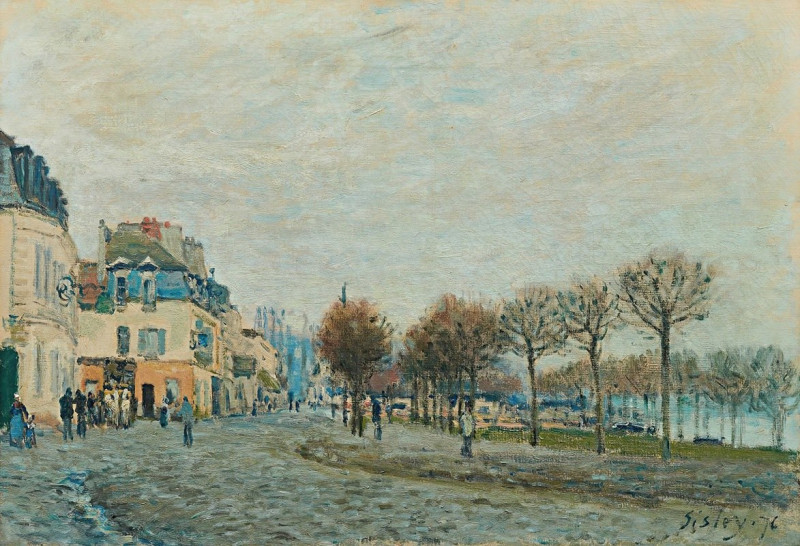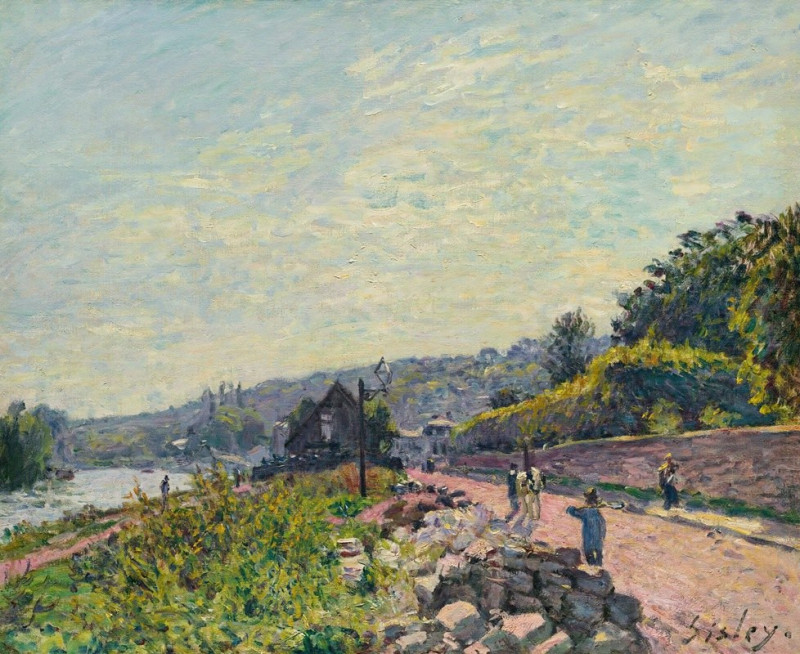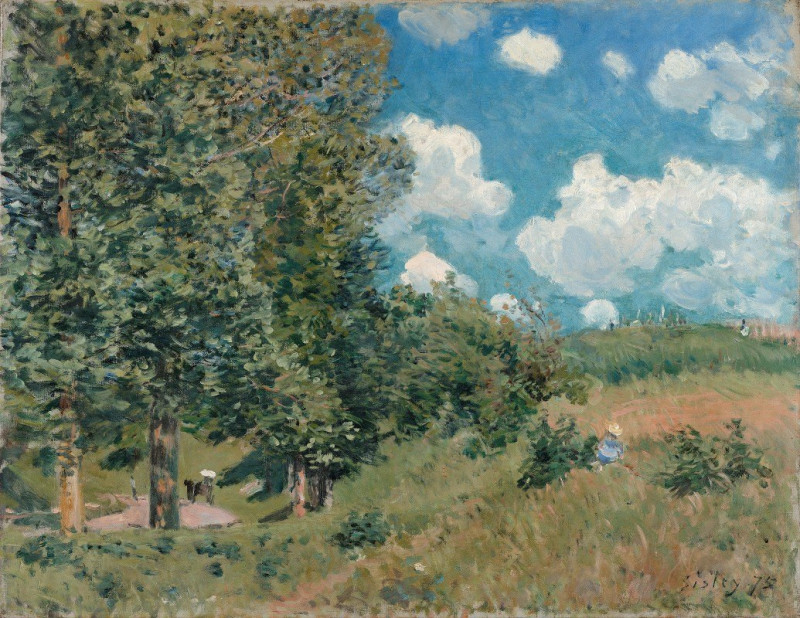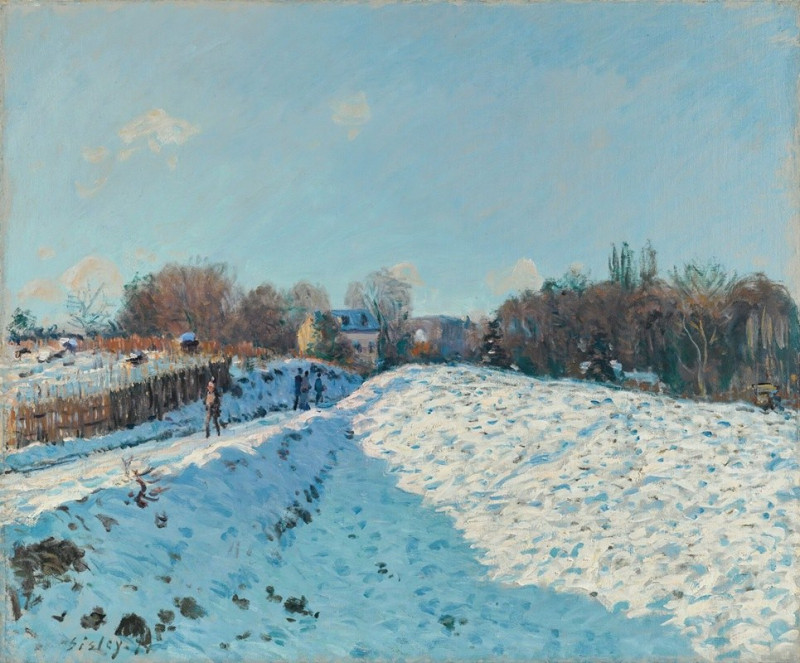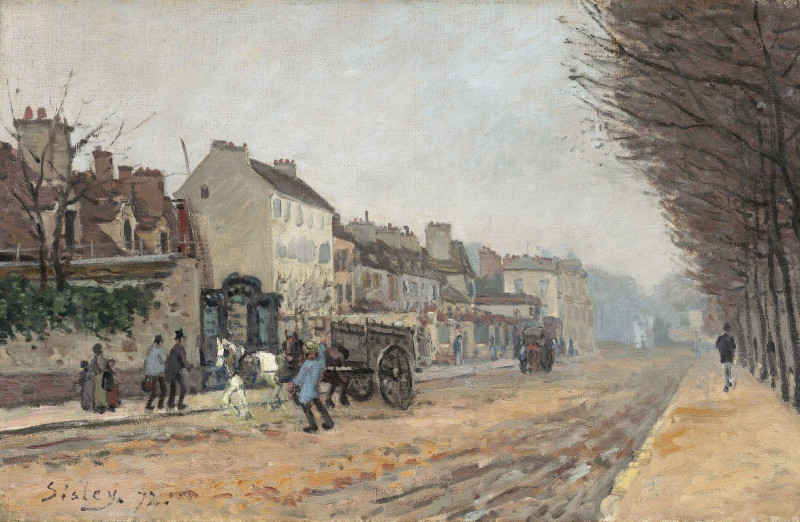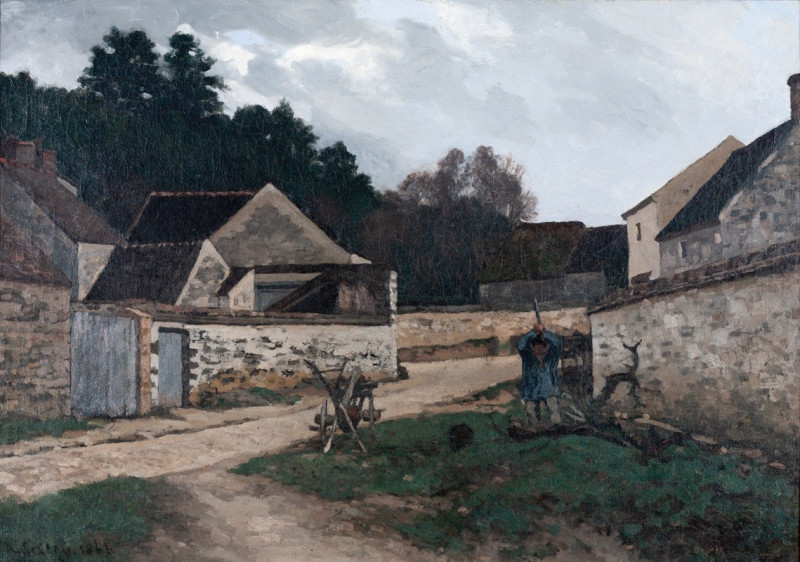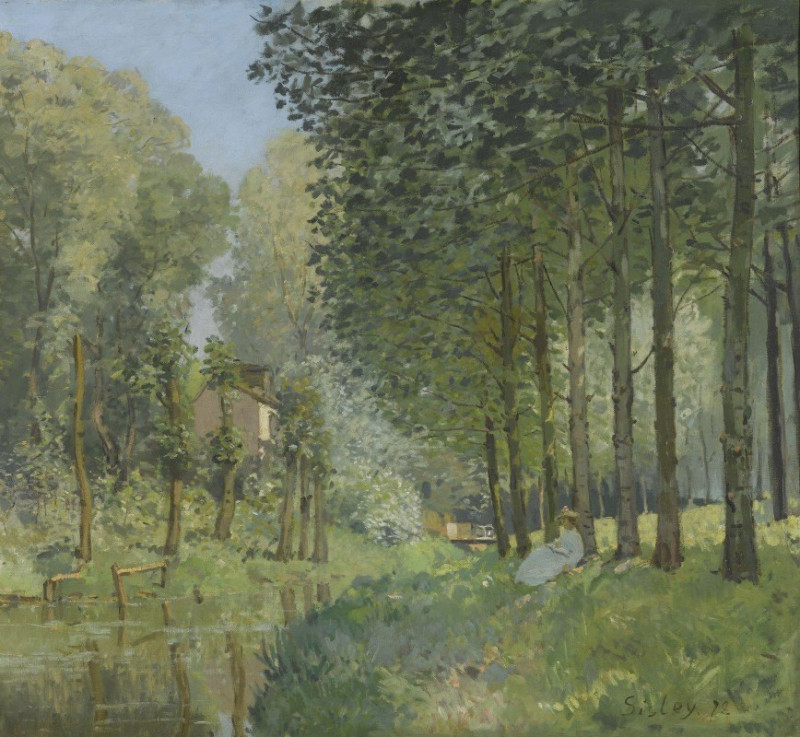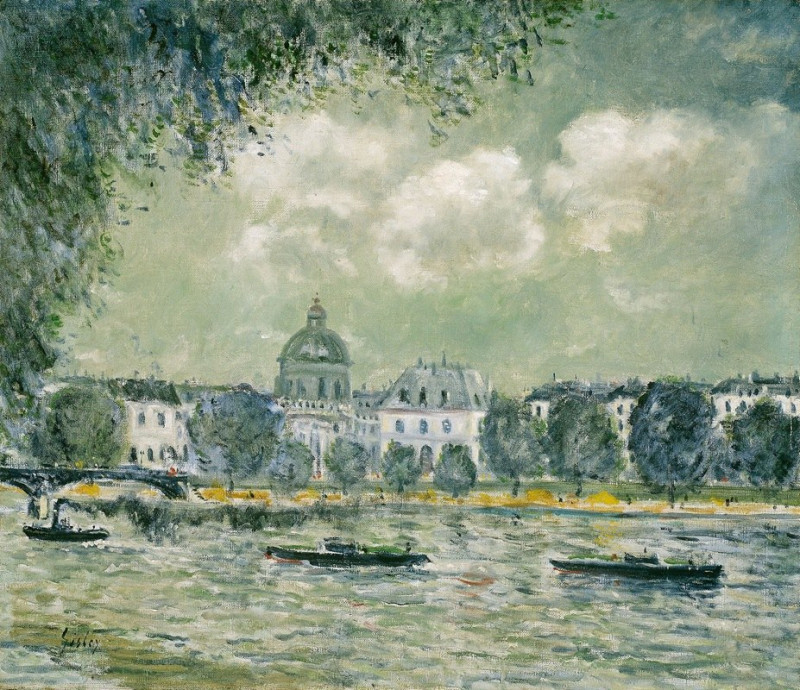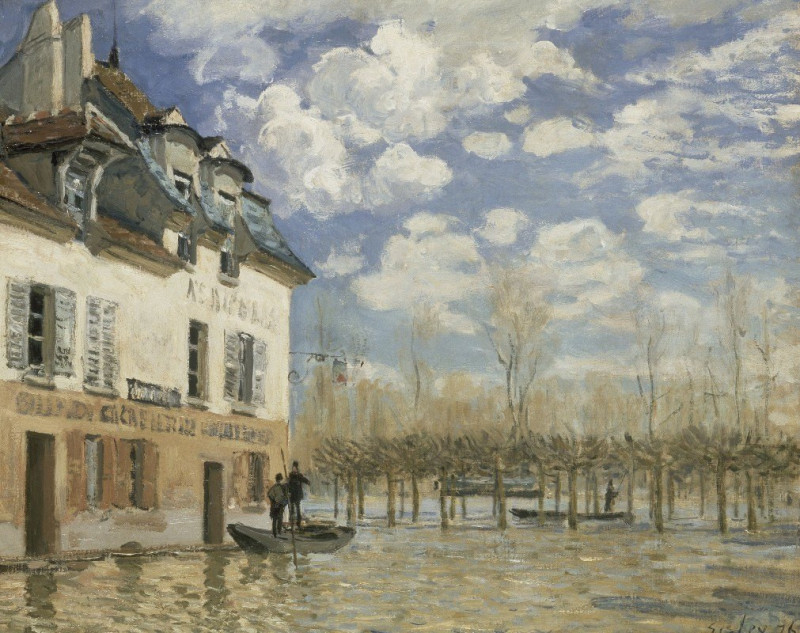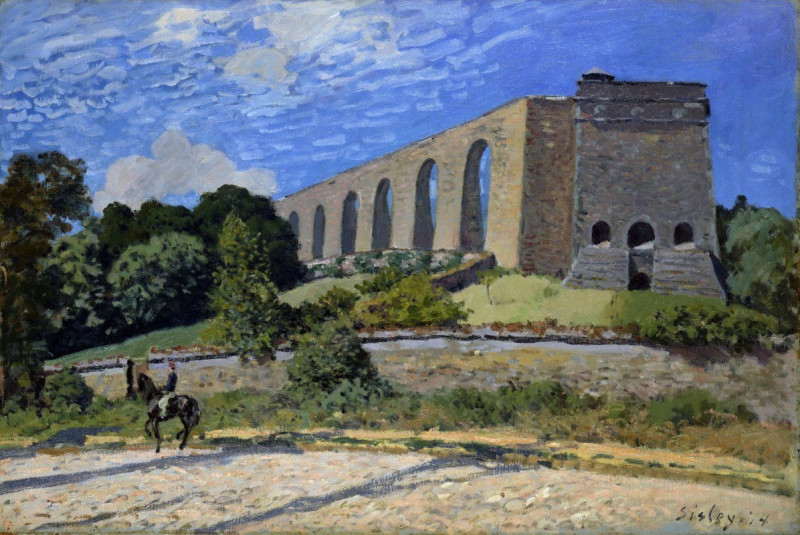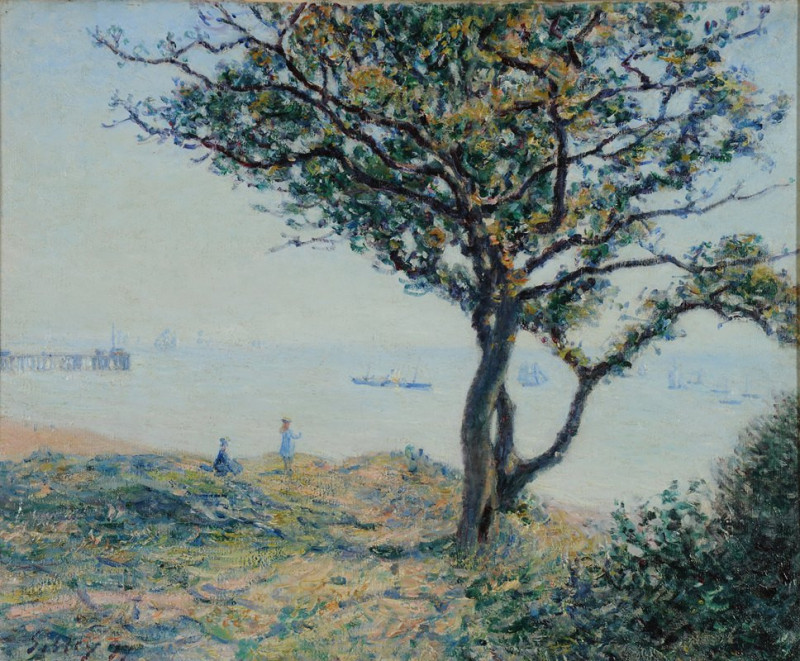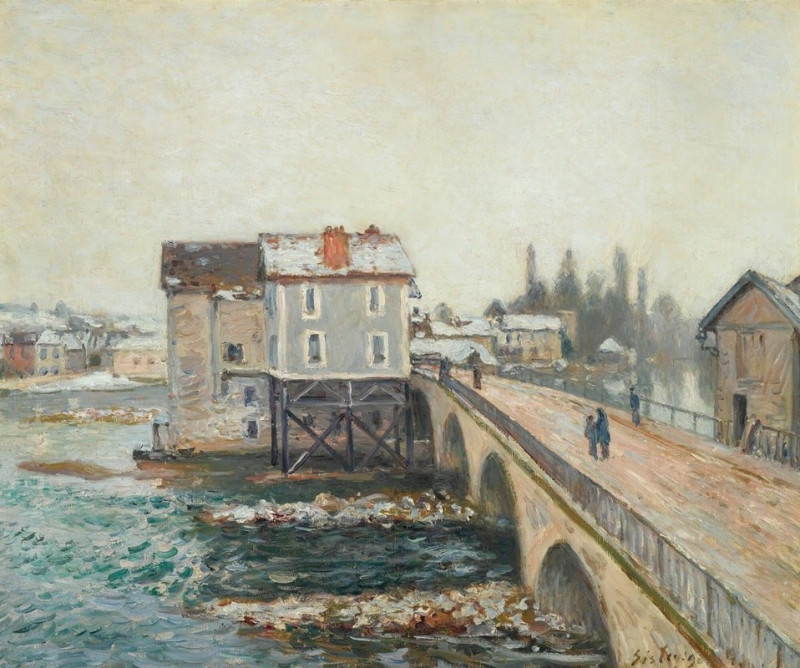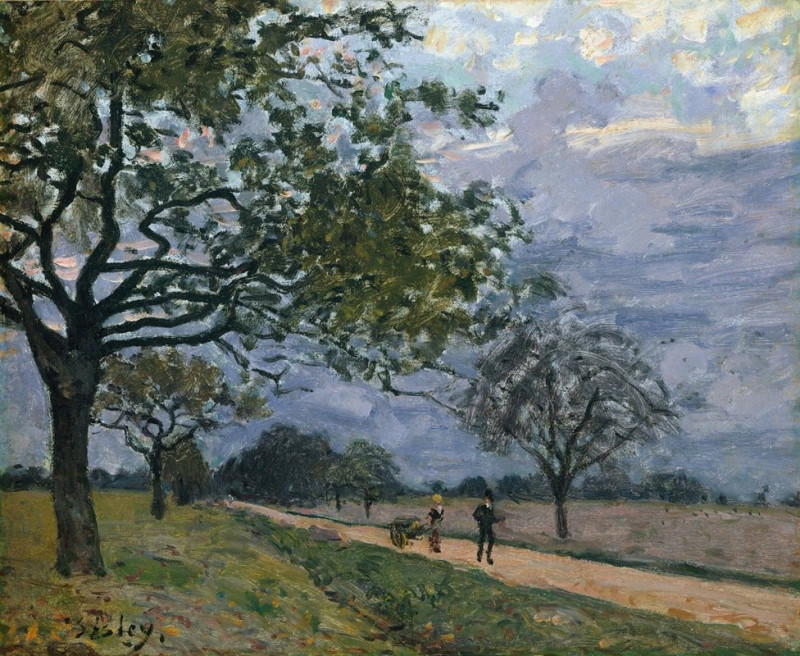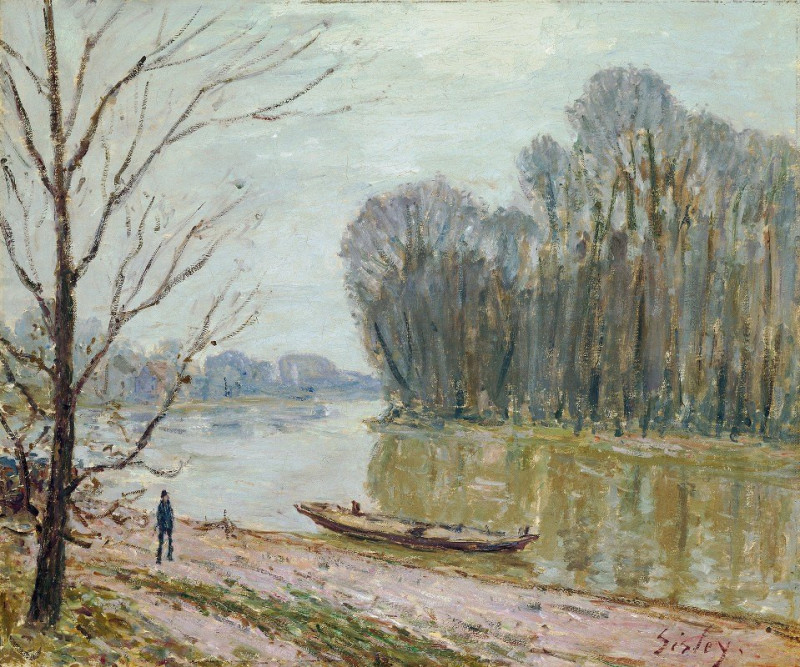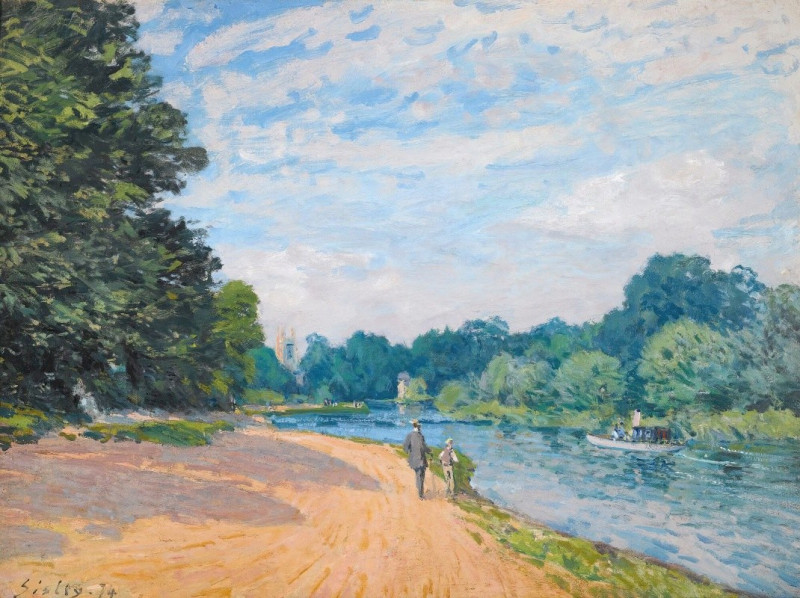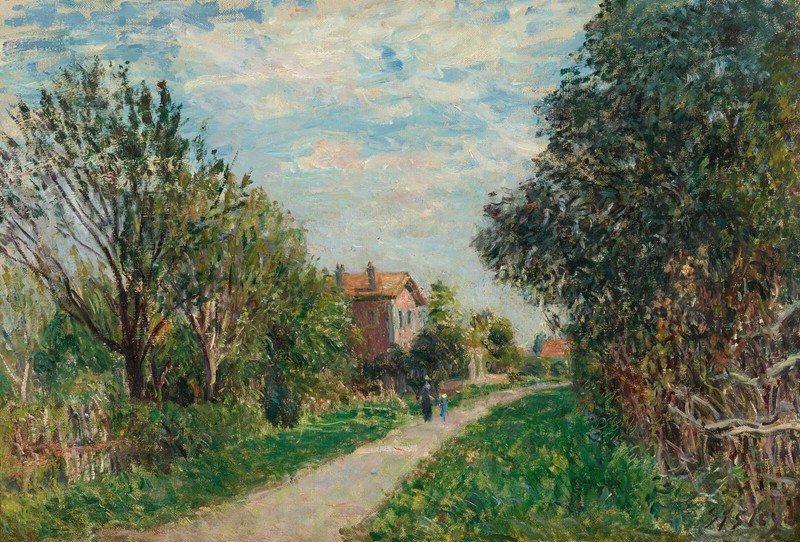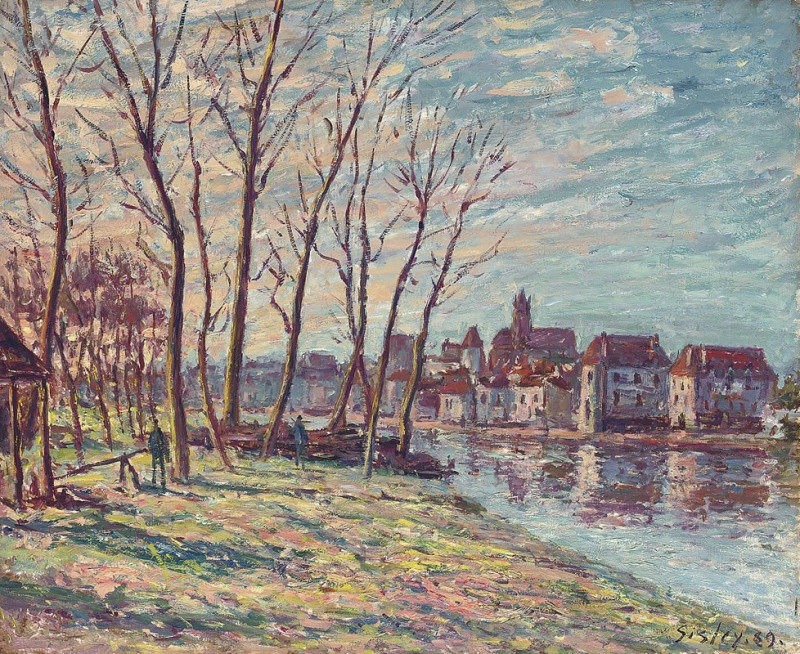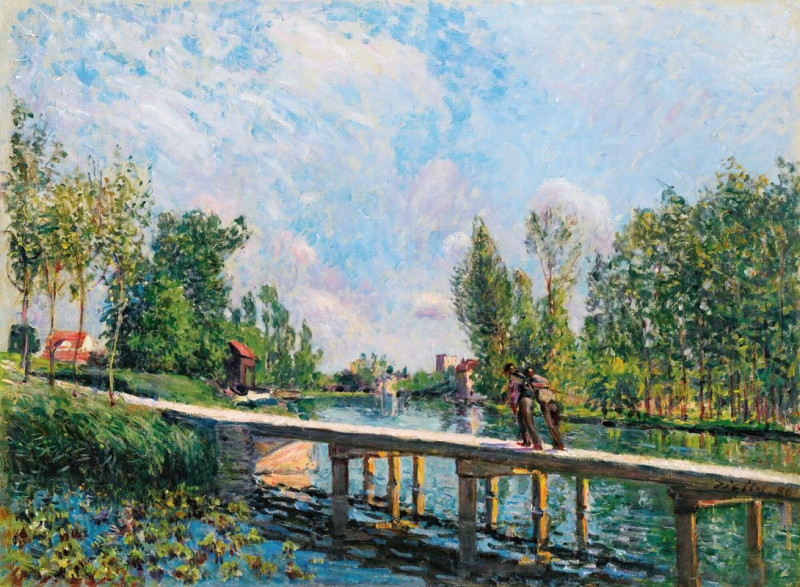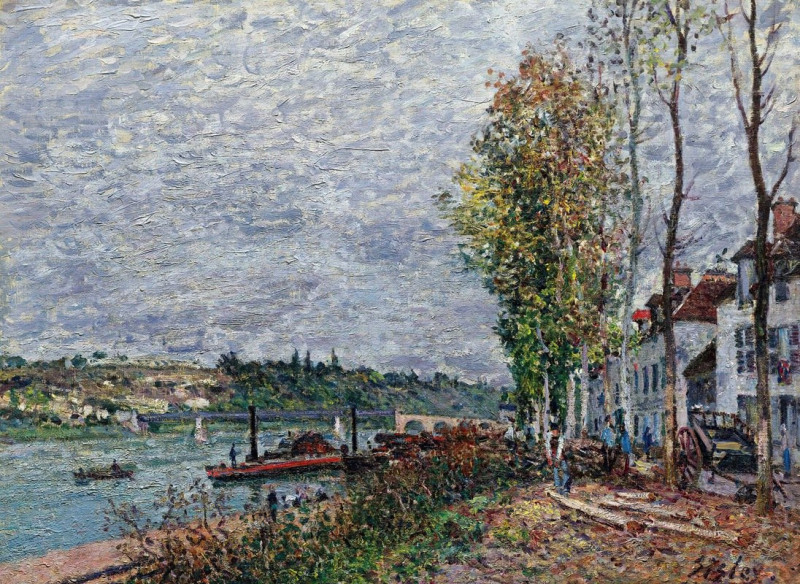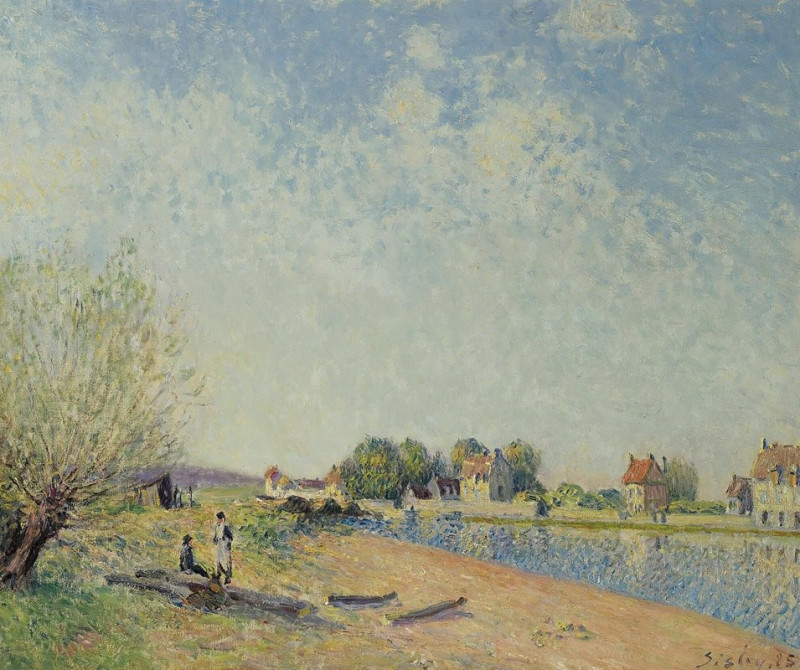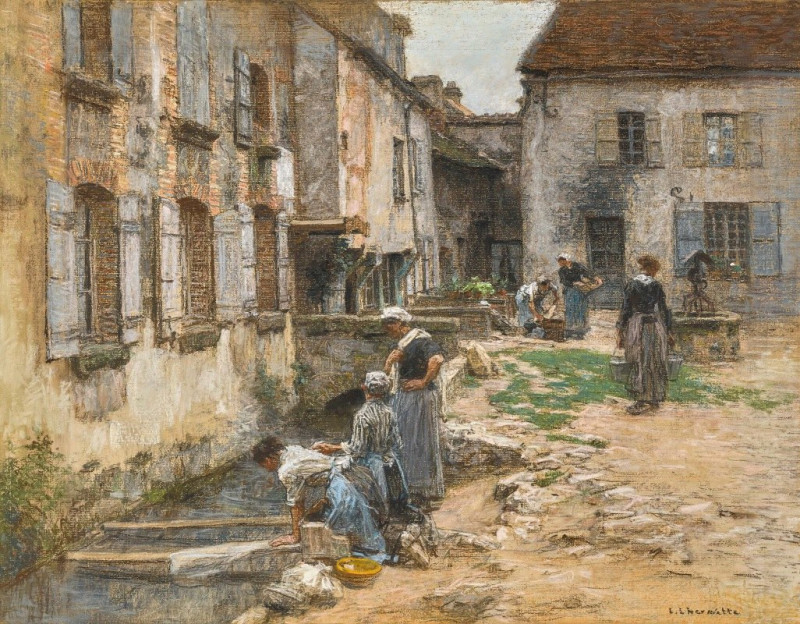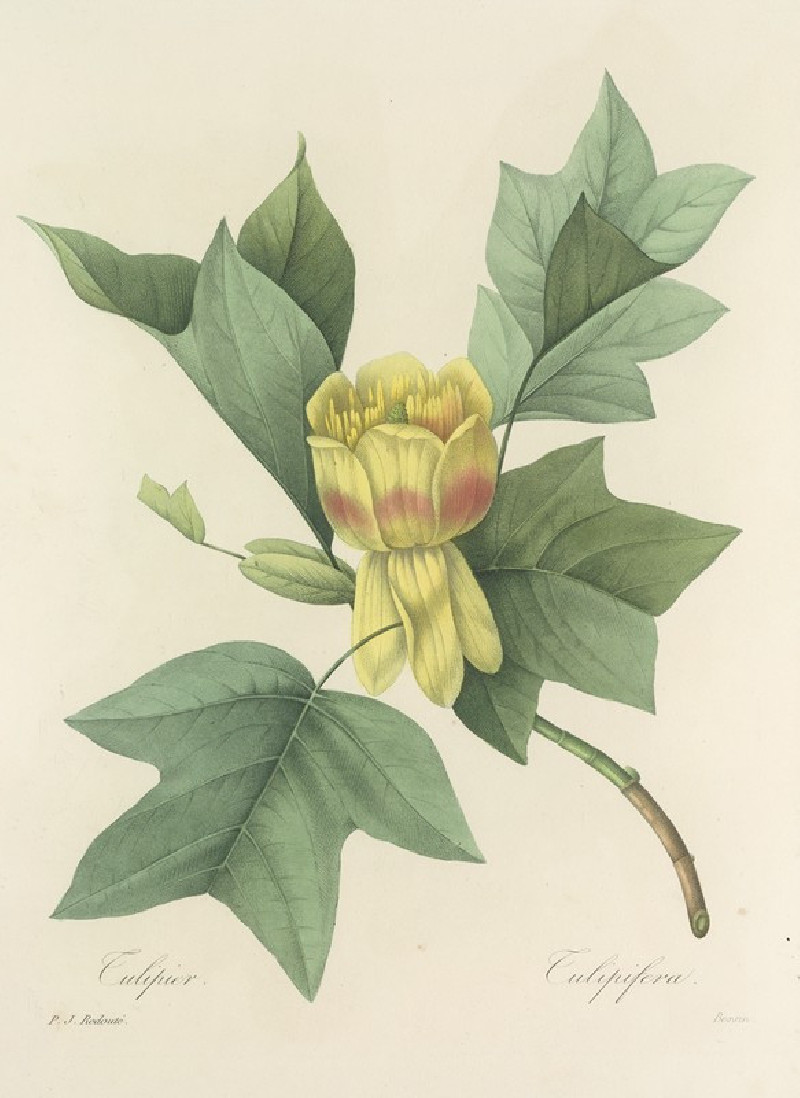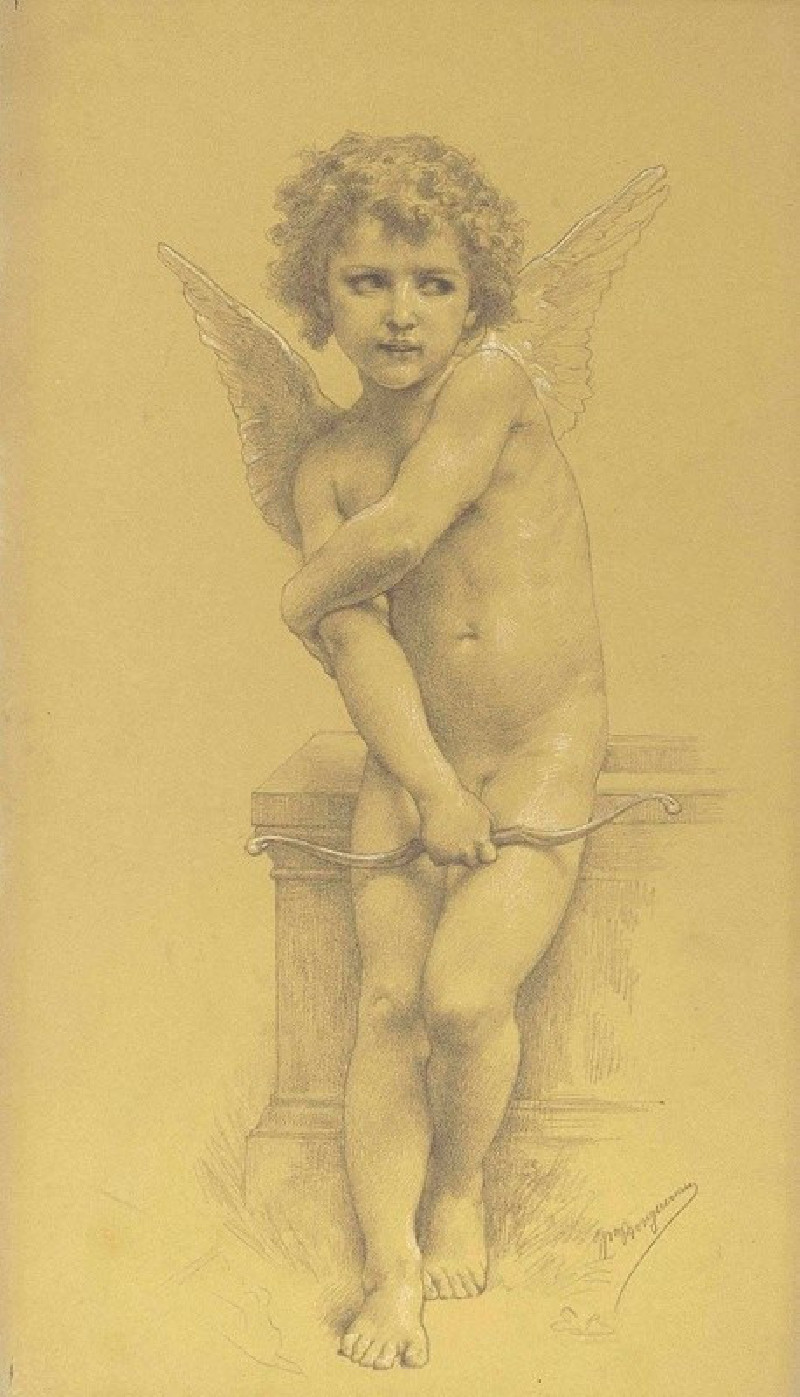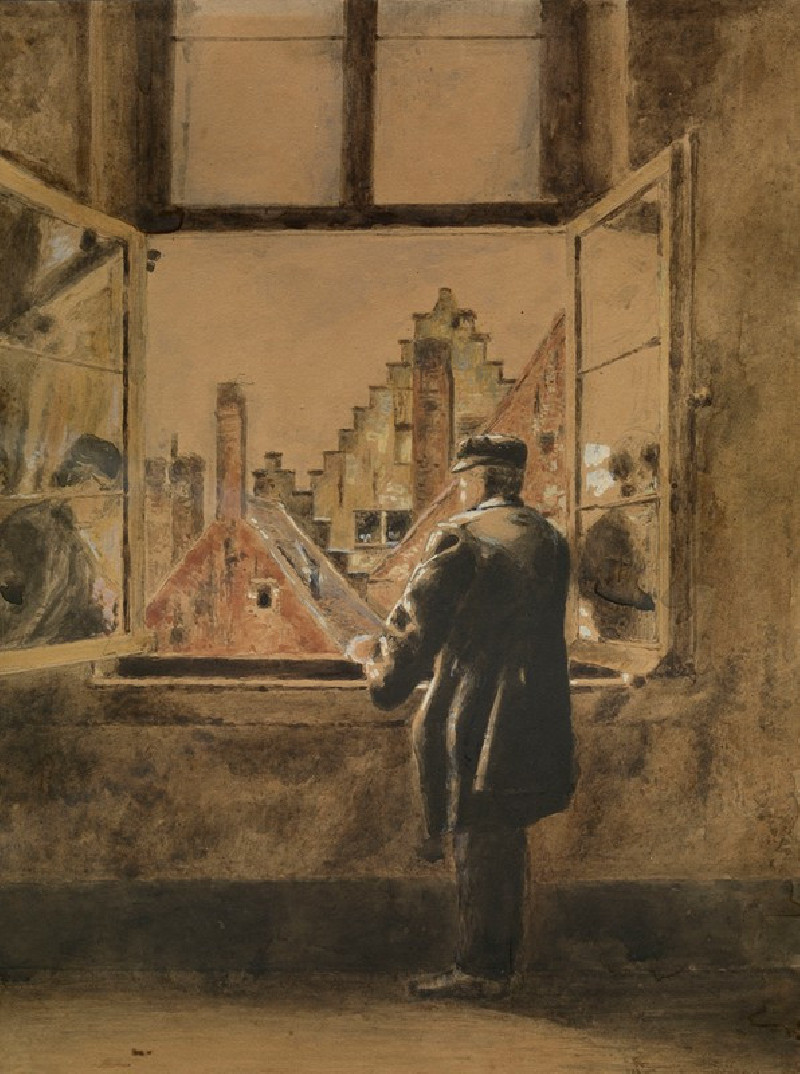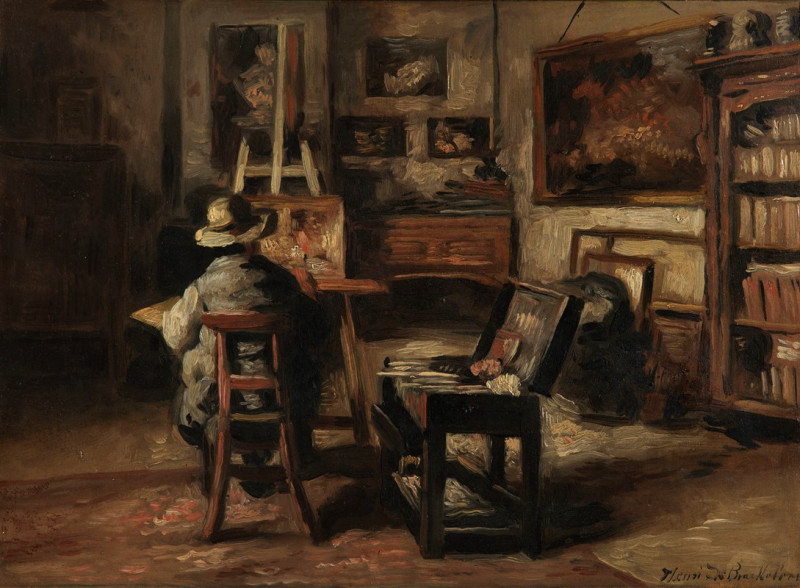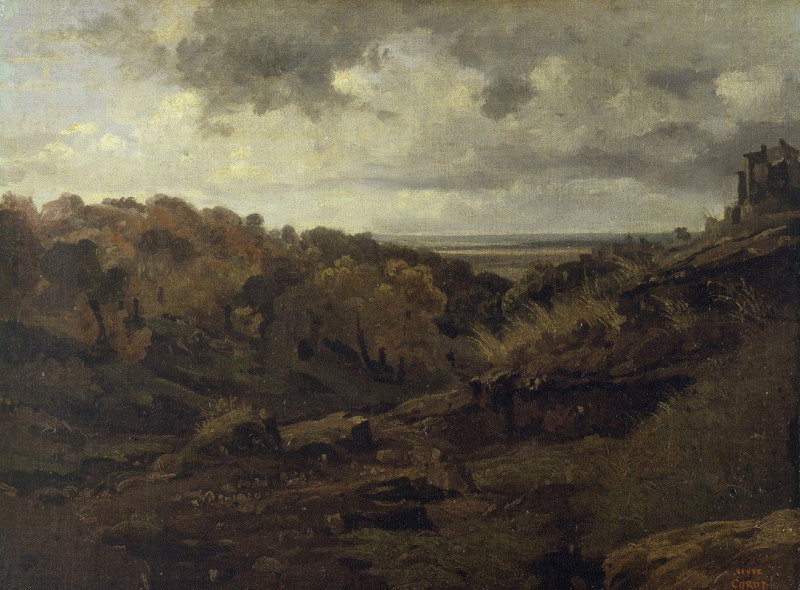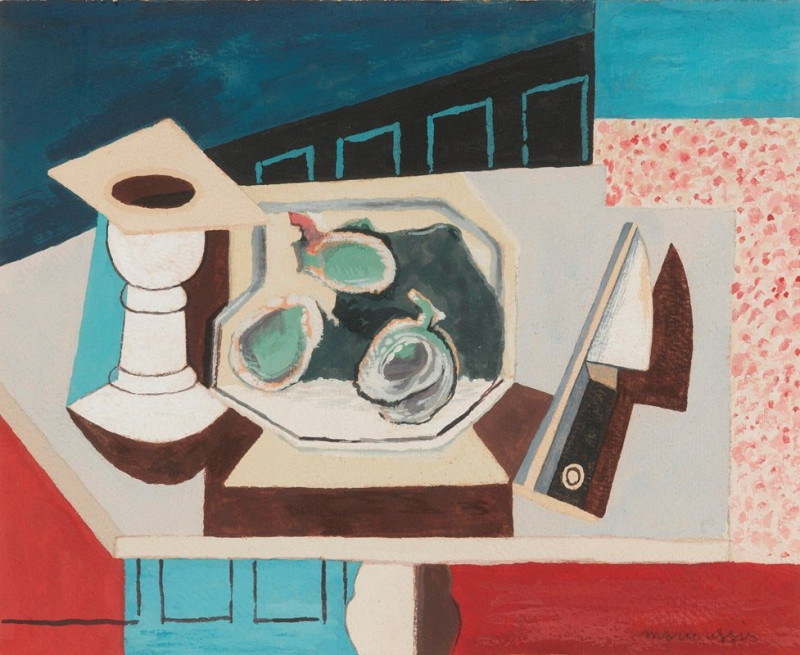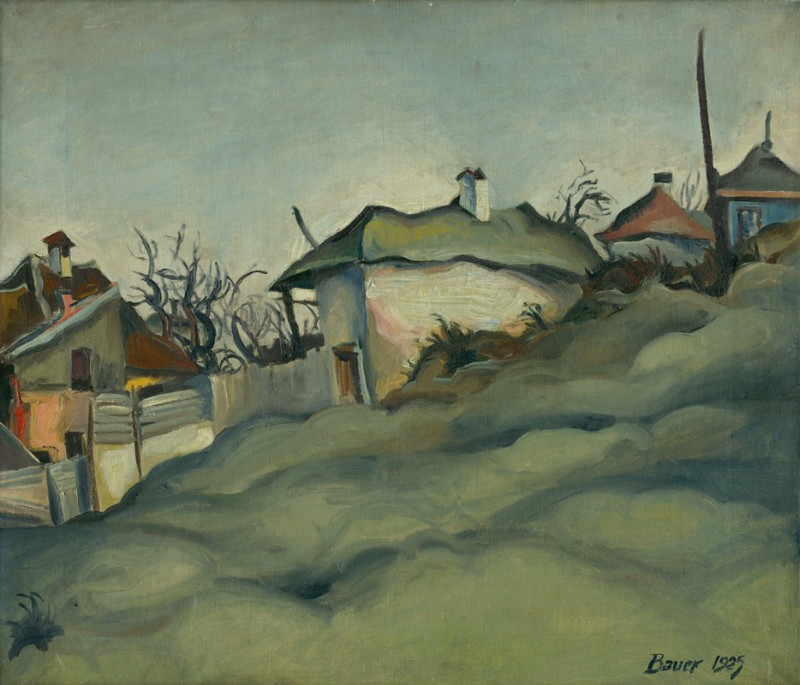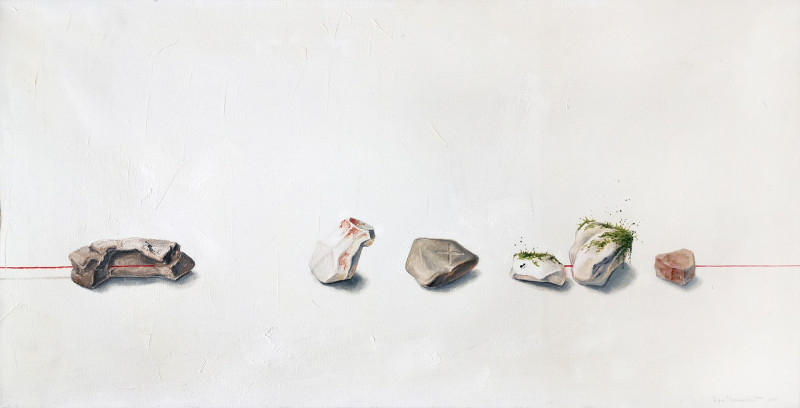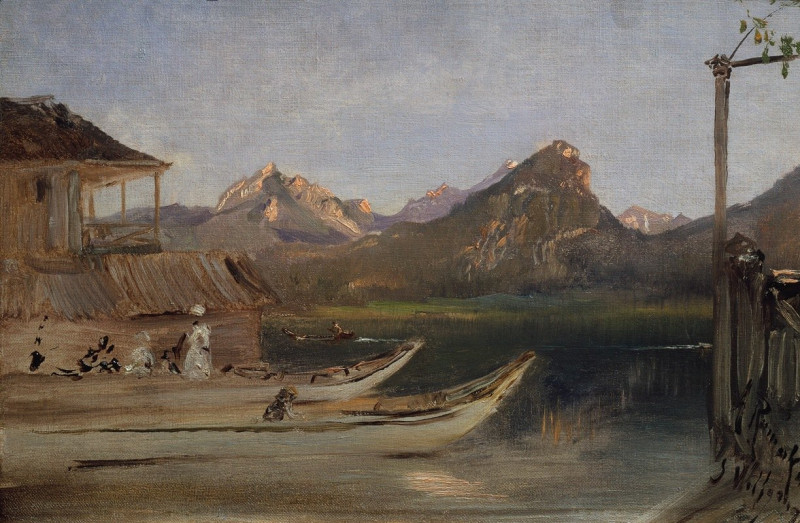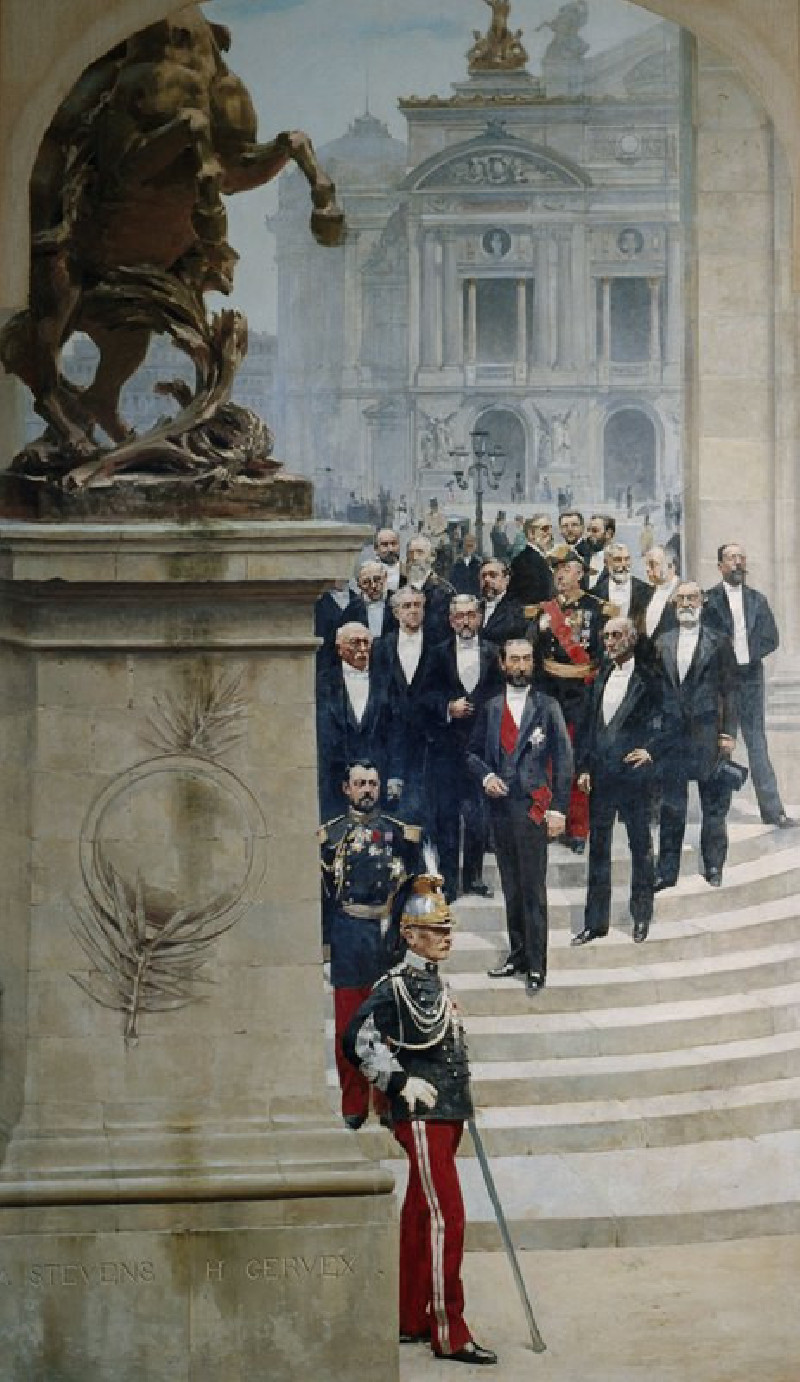Port-Marly avant l’inondation (1876)
Technique: Giclée quality print
Recommended by our customers
More about this artwork
Alfred Sisley's painting "Port-Marly avant l’inondation" captures a serene yet anticipatory moment in the town of Port-Marly, located on the banks of the Seine, just before it was hit by a flood. Created in 1876, this work is an exquisite example of the Impressionist movement, showing Sisley's fascination with the effects of light and atmosphere on landscape and urban life.The painting offers a view down a calm street lined with buildings and bare trees, which suggest the season might be late autumn or early winter. The soft, muted palette of blues, grays, and earthen tones conveys a quiet, overcast day, possibly hinting at the looming natural event. Figures are dotted along the street and near the buildings, perhaps going about their daily routines, unaware of the impending flood.In true Impressionist style, Sisley employs loose brushwork that allows for a vibrant, dynamic representation of the scenery. The trees, with their delicate branches and the roofing of the houses are rendered with quick, expressive strokes, reflecting the transient light and the crisp air of the impending season."Port-Marly avant l’inondation" not only documents a historical moment specific to this region but also invites viewers to reflect on the transient beauty of everyday scenes, moments before they are altered by the forces of nature.
Delivery
Returns
Alfred Sisley (1839–1899), an English impressionist artist, was renowned for his breathtaking impressionist landscape paintings. Born in 1839 to a wealthy family in Paris, Sisley spent most of his life in France. Despite being intended for a career in commerce, he rebelled and pursued his passion for painting as an amateur in the studio of Charles Gleyre, where he befriended artists Claude Monet and Pierre-Auguste Renoir. The financial loss of his family in the Franco-German War led Sisley to make a career out of his art, though it left him financially distressed. It wasn't until after his passing in 1899 that the true value of his work was recognized.

